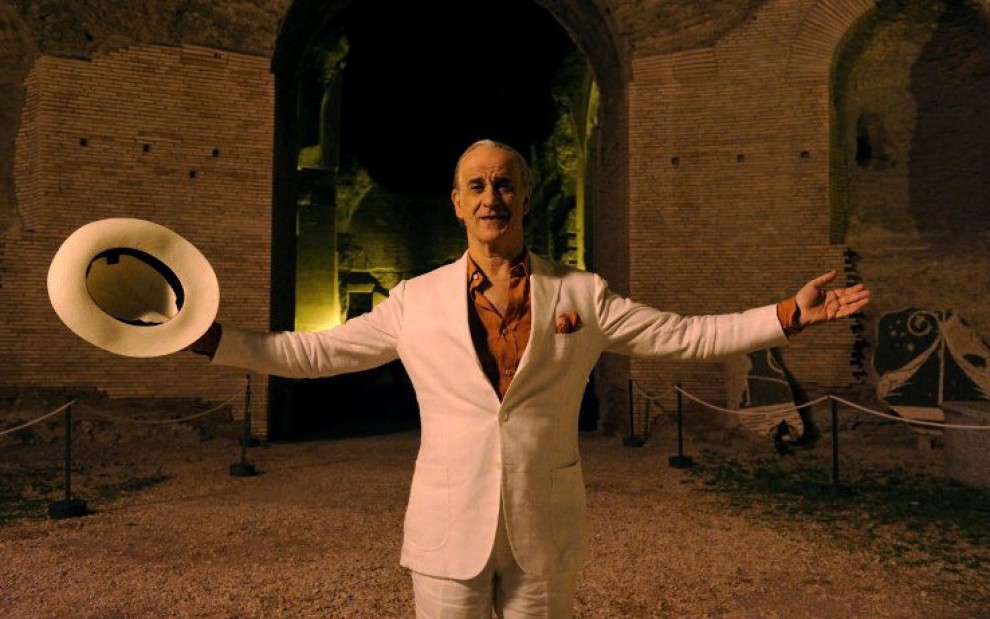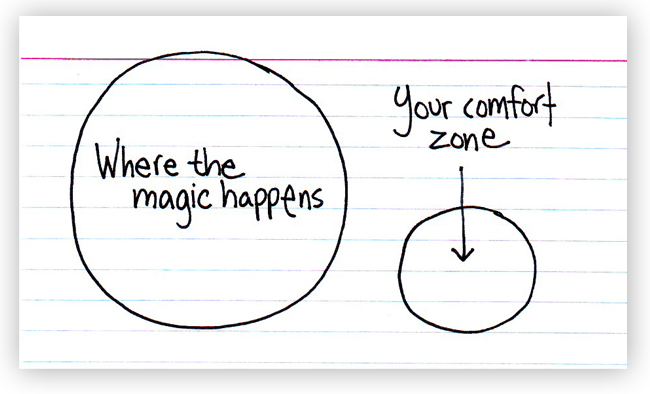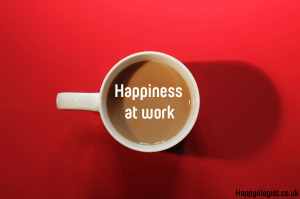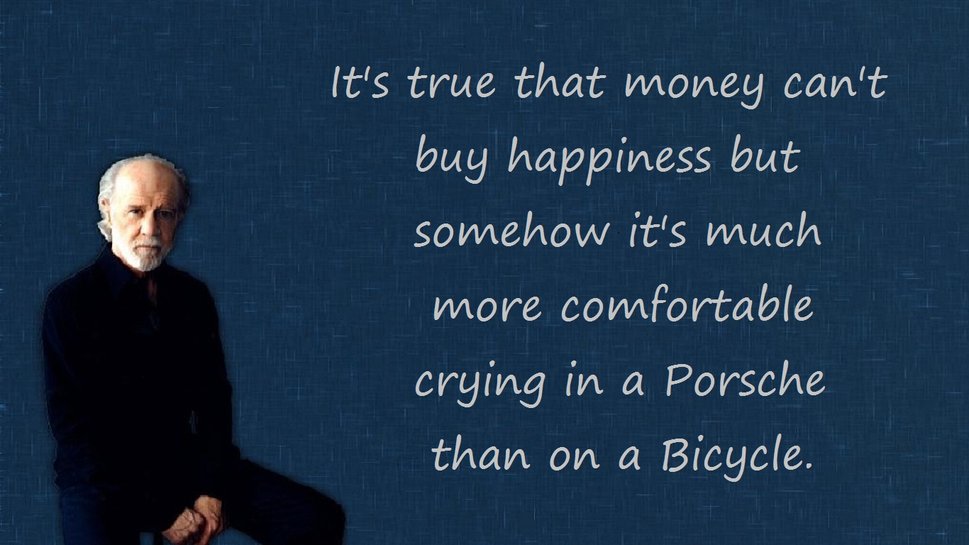Many of us in the work force are facing the same challenge: how to balance our working life with our private life.
In many organisations, work gives great opportunities for personal development. In well-managed organisations, team members can pool their skills and jointly create a meaningful project. And that is often exactly what skilled creatives in the 21st century are looking for. But whether it is due to demanding bosses or through inherent perfectionism of the employee, the risk that work takes too much time out of a weekday is very present.
Few people live in Denmark, where the working culture seems to allow a good balance between work and private life. At least in the Brussels labour market that I am most familiar with, a strong working ethic is very common. Checking emails in the evening or already during the metro ride home? Responding a colleague during the holidays? Planning Monday’s to-do-list during the weekend? I think it occurs to most people I work with.
On a day that I got up in the early morning to start working, I stumbled on a TEDx talk on work-life balance by a fellow called Nigel Marsh. In his talk, he describes his ideal working day:
Wake up well-rested. Have sex. Walk the dog. Have breakfast with my wife and kids. Have sex again. Drive the kids to school. Do three hours of work. Meet in a mate to do sports in the park during lunch break. Do three more hours of work. Meet some mates for a drink. Drive home for dinner with my wife and kids. Meditate for half an hour. Have sex. Walk the dog. Have sex again. Go to sleep.
I fear that most work organisations are not fully compatible with this working ethic…
But the lessons from Nigel are serious. There are at least two important points in his talk. Firstly, certain career choices are incompatible with a meaningful family life. This is often forgotten or neglected, but it is absolutely true. In the Netherlands, there are some examples from politicians that have taken a step back to spend more time with their family. Mostly, they receive cynical reactions doubting their chances for survival. But it’s obvious: if your job requires you to always be on the job or to travel a lot, this will certainly affect your social and family life. Not everybody wants to make such a sacrifice.
But even outside these extreme cases, he makes another very important point. In the end, it is nobody but you who is responsible for your own work-life balance. Your boss ideally facilitates your happiness at work. Creches and paternity leave, a personal working culture or secondary benefits will all make you help to feel more at ease with your job. Still, your hours also matter. In the short term, your boss decides about your hours and when there is a need for overtime. But in the long term, there is only one person who decides how much and when you work: you!









